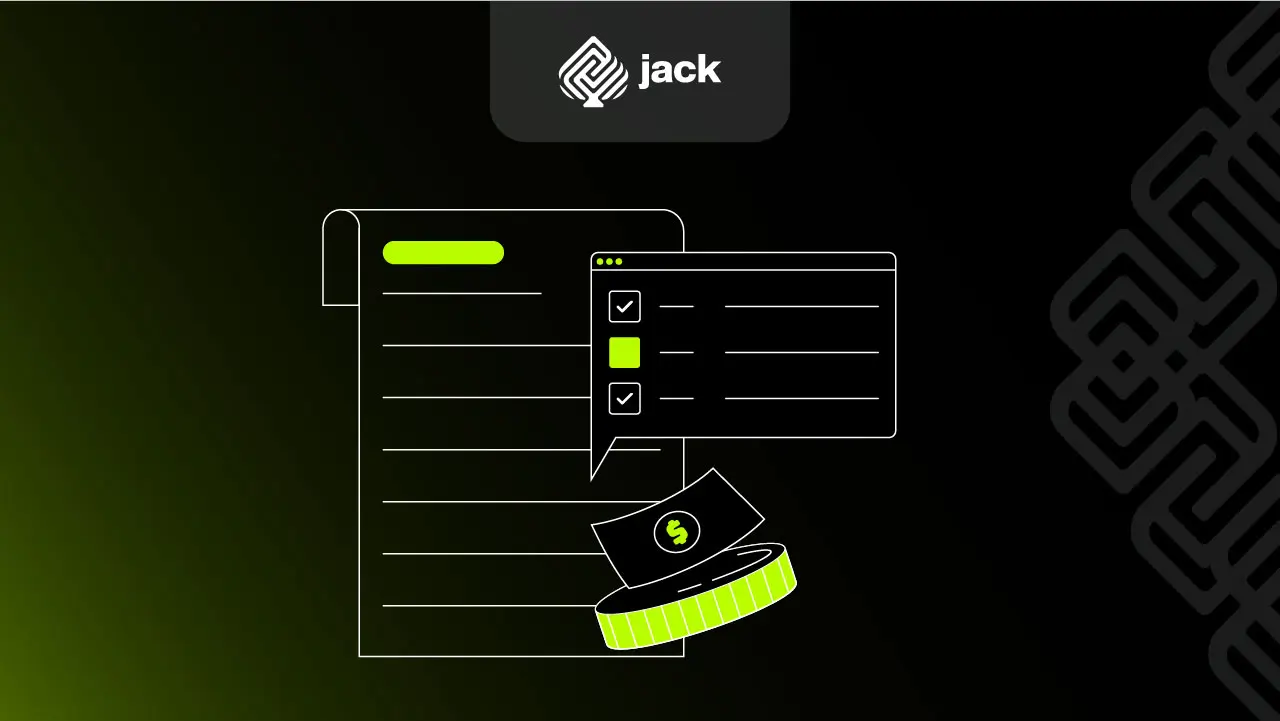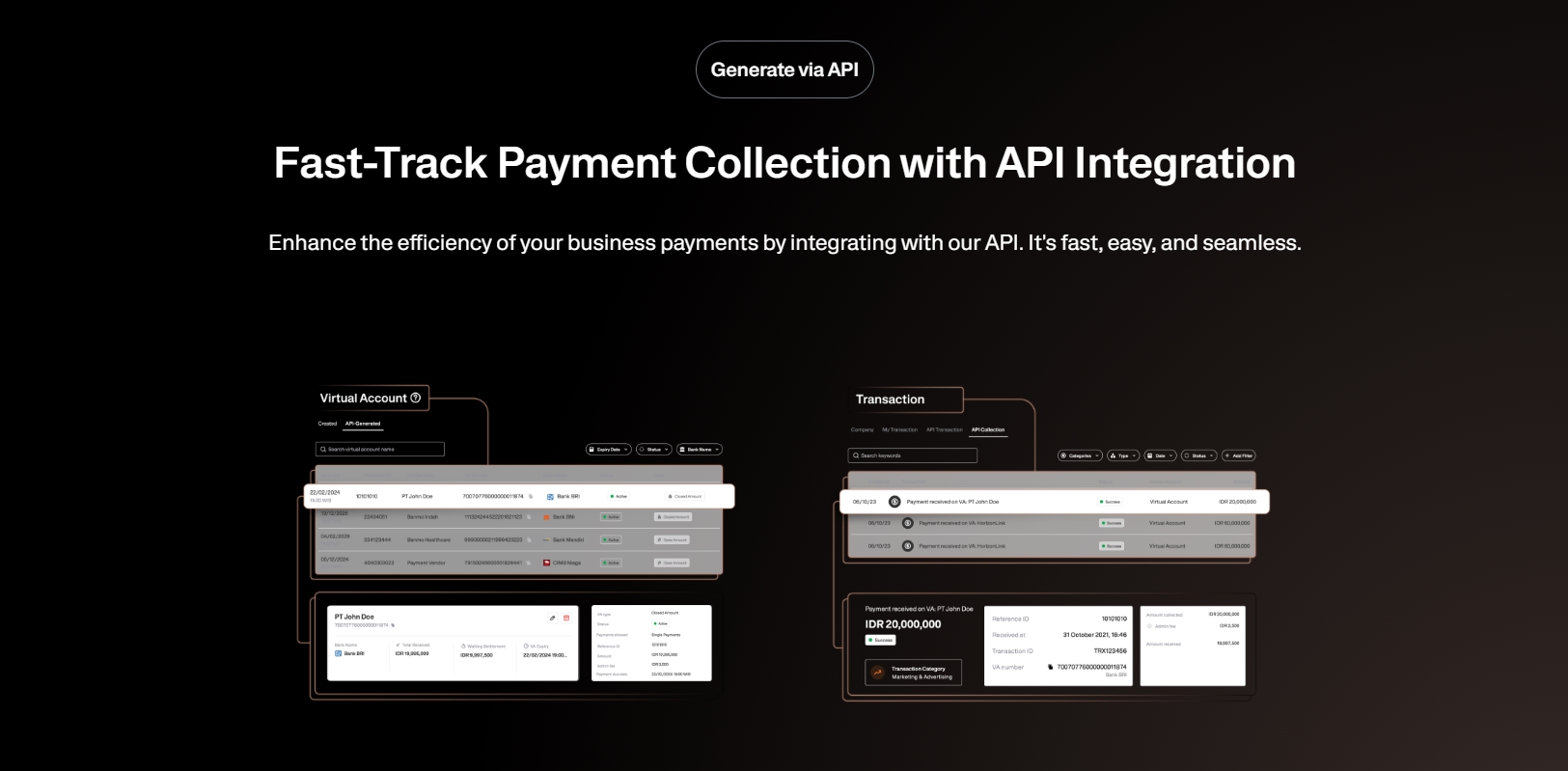Information technology has now become a major driving force behind the progress and success of companies. In an increasingly competitive business environment, the ability to quickly adapt to market changes and make the right decisions is crucial for survival and growth. Business Information Systems (BIS) offer an effective solution by integrating technology and resources to support more efficient operations.
What is a Business Information System?
A Business Information System is designed to collect, manage, and analyze data used in business decision-making processes. BIS consists of hardware, software, data, procedures, and personnel, all working together to optimize system performance.
The raw data collected by BIS can be transformed into useful information, providing companies with insights for making accurate decisions.
Also read: Easier, Automatic, and Real-Time Transactions with API Disbursement
Benefits of Business Information Systems

Smarter Decision-Making
In a complex business environment, the ability to make quick and accurate decisions is a competitive advantage. BIS equips management with the tools needed to do this. For example, financial managers can view real-time reports, analyze revenue trends, and identify potential efficiency areas.
Marketing teams can design strategies based on real customer data rather than relying solely on intuition. They can track purchasing patterns, consumer preferences, and the effectiveness of previous campaigns, resulting in a more personalized and targeted approach.
Increased Operational Efficiency
Systems such as Enterprise Resource Planning (ERP) revolutionize how companies operate. Compared to manual systems prone to errors, ERP can automate various business processes, including inventory management, procurement, and payroll, integrating everything into a single platform.
For example, when warehouse stock levels drop, the system can automatically generate a purchase order for suppliers, reducing the risk of stockouts and minimizing time spent on administrative tasks such as data entry.
Transparent Performance Monitoring
BIS dashboards provide a comprehensive view of organizational performance. Managers can monitor key performance indicators (KPIs) such as revenue, profit margins, employee productivity, and other metrics in real time.
For instance, sales departments can track sales performance by region, product, or salesperson. If performance declines, they can investigate and take corrective action immediately.
Deeper Data Analysis
One major advantage of BIS is its ability to analyze large volumes of data. Through Business Intelligence (BI) systems, companies can identify patterns and trends that may not be immediately visible.
For example, by analyzing customer purchase data, a retail company can determine which products are often bought together, when consumers are likely to make purchases, and even predict seasonal trends.
Responsive Customer Service
Customer Relationship Management (CRM) systems change how companies interact with customers. CRMs do more than just record contact information; they enable companies to see purchase histories, past complaints, and customers’ preferred communication channels. This allows for a more personal and effective approach.
Key Components of Business Information Systems

Human Resources
The success of BIS also depends on the quality of its human resources. Trained users, such as managers and data analysts, along with IT teams that develop and maintain the system, play a vital role in ensuring the system operates optimally.
Technological Infrastructure
The infrastructure, including hardware, software, and networks, forms the foundation of BIS. The right technology must be selected and integrated to meet a company’s specific needs, supporting operations and decision-making efficiently.
Data Management
Data is the primary asset of BIS. Effective data management, from collection to storage and security ensures that the information generated is accessible and relevant to users who need it.
Types of Business Information Systems

Various types of BIS support different business functions within companies. The most common ones include:
Enterprise Resource Planning (ERP)
ERP integrates multiple business functions into a single system, enabling efficient resource planning and management. Systems like SAP and Oracle are popular among large corporations.
Customer Relationship Management (CRM)
CRM systems help manage relationships between companies and customers.
With CRM, companies can collect customer data, analyze their preferences, and offer products or services that better meet their needs. Popular CRM systems include Salesforce and HubSpot.
Business Intelligence (BI)
BI gathers and analyzes large data sets to provide strategic insights. BI tools like Tableau and Power BI help companies identify trends and make data-driven decisions.
Human Resource Management System (HRMS)
HRMS assists in managing human resources, including recruitment, training, payroll, and workload management. These systems are essential for effectively managing a company’s workforce. Examples of popular HRMS tools include Workday and BambooHR.
See the API Document from Jack Finance here
Challenges in Implementing Business Information Systems

While BIS provides numerous benefits, its implementation is often not easy. Companies must address several challenges before adopting such systems.
1. Implementation Costs
The initial investment to build a BIS can be substantial, including software, hardware, and employee training costs. Small and medium-sized enterprises often face financial constraints in meeting these needs.
2. Integration with Existing Systems
Many companies still use legacy or manual systems that are difficult to integrate with new technologies. Data migration and adaptation to new systems can be time-consuming and increase the risk of errors.
3. Employee Resistance
Adopting new technologies often faces resistance from users. Some employees may find it difficult to adapt or fear that new technology will replace their roles. This requires a careful approach through effective training and communication.
4. Data Security
As companies rely more on digital data, threats to data security also increase. Breaches of sensitive information or cyber-attacks can harm companies both financially and reputationally. Therefore, data protection should be a top priority.
5. Business Process Changes
Implementing BIS often requires changes in workflows or organizational structures. This can be challenging for companies accustomed to old processes. Careful planning is needed to ensure a smooth transition.
Use Jack for your business needs
Business Information Systems have become essential elements in the modern business world. Proper BIS implementation can provide companies with a significant competitive edge.
For companies, adapting to information technology is no longer an option but a necessity for survival and growth.








